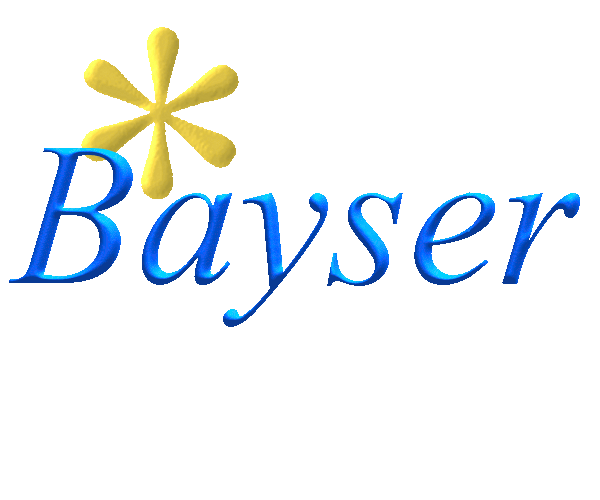
Q & A
In a nutshell, we provide clarity and actionable insights from analyses. This involves a whole range of activities. From data strategy to data set building. From targeting and segmentation to resource allocation. Worth mentioning are our house specialties which include influence mapping, hospital retail spillover, managed care access, and the like.
Three things. First, you’ll get a good idea of how the industry approaches the problem of interest and how you stack up against the competition. Second, stimulate your team with new ideas, data sets, algorithms, paradigms, and ways of looking at the problem. Third, pick out and customize the best solutions out there and make them work for you.
Several ways. We are always talking with clients and data vendors and as a result are aware of the latest developments. We actively participate in conferences, symposia, and workshops where we meet people from across the industry, people that are eager to exchange ideas. We are also avid readers and publish on a regular basis, which puts us in touch with passionate and knowledgeable people who want feedback on their views.
Three sources. First from the client and this includes data assets the client purchases from data vendors. Second, free data sources that are in the public domain and they include Open Payments (Sunshine Act), Referrals, Medicare Part B/D, Physician Compare, NPPES, etc. Third, our proprietary database, Panorama, which merges data from 65+ sources and describes the behavioral dynamics of the Patient, Payer, and Provider at the zip level and higher.
We do. Over time, we have developed a slew of data matching tools that we deploy each time we need to combine data assets. The latest addition to the suite is MergeOO and MergeOC. These tools merge PHI-free patient-level data assets whenever the two databases to be merged encrypt their patients and physicians using different encryption engines. We have also developed several data bridges over time. One that we use frequently is the ship-to bill-to bridge which we call upon when we need sales at the account level and are given shipment sales data.
Machine Learning is the way of the future there is no doubt about that. What we know for a fact is that there are several use cases where ML is the way to go. Take patient discontinuation. We found that Bayesian optimization leaves all the other approaches in the dust. Take response to promotion of physicians or accounts. We found that Boosted Trees, SVM’s, Random Forests and SVD’s outperform the more traditional approaches. Take matching of physician names, account names, payer and plan names. We found that an ensemble approach involving a CNN (convolutional neural net), Boosted Trees, and SVM’s takes the cake.
Of course, it depends on the project. Most projects are between 4-16 weeks. Flat rate and always very reasonable.
Yes, we do. This is a great way for us to acquire new clients as it gives us the opportunity to stand out.
Yes, we welcome them. It’s a good way for the prospective client to size us up and understand the breadth and depth of our skill set. We love it because it almost always means we’ll be working together shortly after.
Really easy. We send you an SOW (Statement of Work) that describes the objective, deliverables, methodology, fees, and timeline for your review. You sign off on the work stream and send us a PO (Purchase Order). We make sure we have a TPA in place for those data assets that require a TPA and start gathering the data. Then it’s kick-off time and the project begins.
